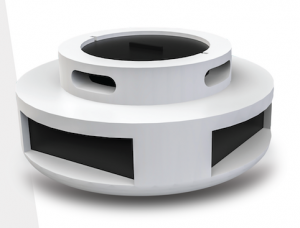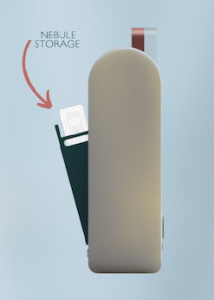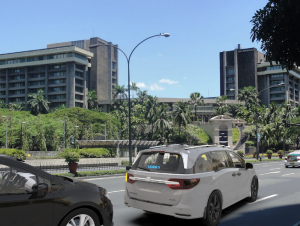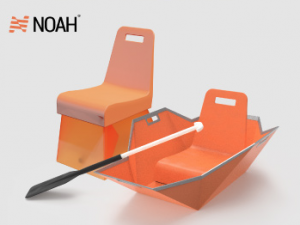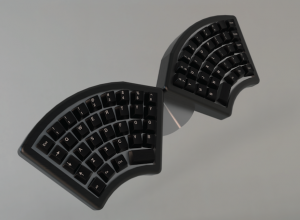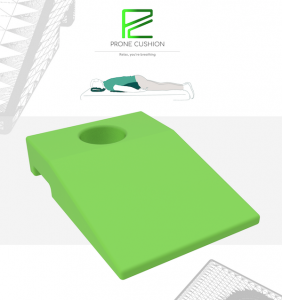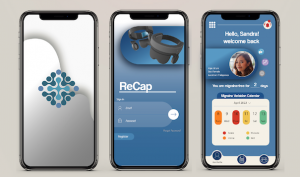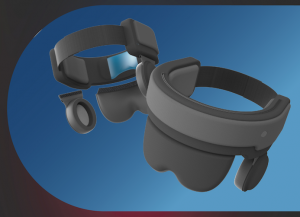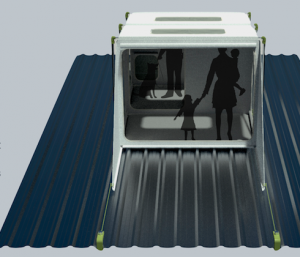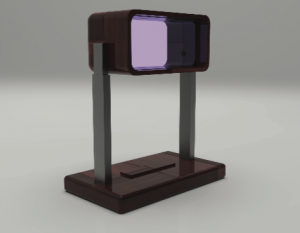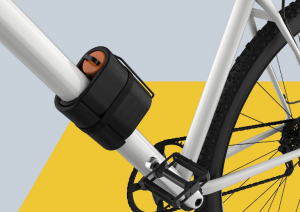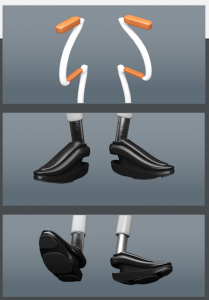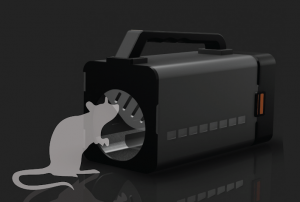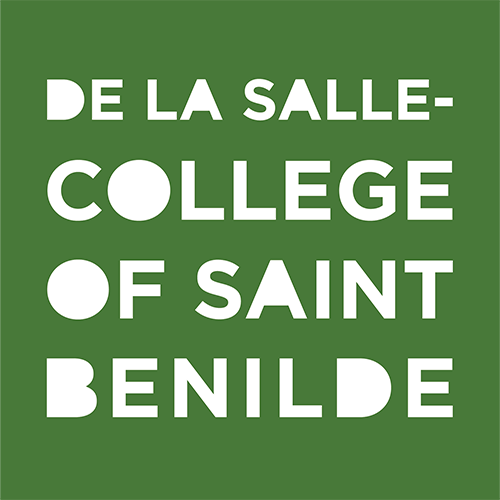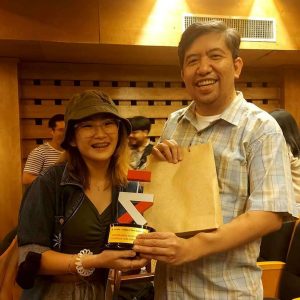Young visionaries introduce human-centered design solutions
Young innovators under the Industrial Design Program of the De La Salle-College of Saint Benilde presented their latest pioneering creations in NEO, a virtual exhibition on human-centered design solutions to improve the daily lives of the people and to address concerns on health, safety and wellness.
With the ongoing pandemic in mind, Raphael Reodique and Gabby Paca champion for the sanitization of both personal and public spaces. Reodique’s Sterilamp optimizes the functions of LED and UV lights to provide illumination and disinfect work areas. Paca makes travels safe for commuters with Aire, an air purifier specially designed for buses. It is equipped with a HEPA and copper filter system which can be mounted on ceilings.
Mary Shane Pervera and Mikaela Ysabel Reynoso hope to aid those who need immediate medication. Pervera elevates the traditional nebulizer through ERA, a no-noise portable electronic respiratory aid for asthmatic individuals. Meanwhile, Reynoso’s ReCap provides temporary relief from headache and sensory overload brought by migraine. It is powered by the Peltier cooling technology to reduce the neurotransmission of pain.
Richard Roxas seeks to assist COVID-19 patients in their breathing with the Prone Cushion. The support padding allows one to comfortably be in a prone position, which facilitates open airways in the lungs. On the other hand, Jeremy Tacardon is driven to reduce nerve damage through Tempo Project Crutches. A one-piece aluminum designed for both physically-abled individuals and persons with disabilities (PWDs), its curved frame design enhances comfort and mobility.
To lower the risk of repetitive strain injury (RSI), Ramon De La Fuente creates Oneco, an ergonomic keyboard that guarantees a pleasant typing experience despite extended hours of work. Its hinge provides an ideal typing angle and the ability to be separated into two parts.
Motivated to promote bicycle use as a sustainable alternative to public transport, Gillian Buena and Maxine Beatrice Perez prioritize the safety of cyclists. Buena’s PITSTOP is an accessible modular shed equipped with seating panels, a vending machine, a public restroom, plus automatic air compressor and repair tools. Meanwhile, Perez proposes Tandem, a multipurpose kit where cyclists can conveniently store items, especially emergency essentials. It can be easily secured around the bike or can be worn around the body.
Russel Barrameda’s LeaD is a rapid interaction device for automobiles to let drivers communicate well and avoid potentially dangerous confrontation. It comes with an LED panel that displays messages and a free voice recognition technology to avoid distractions on the road.
To address the issues on house rats, Grazel Amanda Isidro redesigns a reusable rodent trap that advocates for a clean method in catching and exterminating rodents through electric shock. Dubbed as Zap Trap, the device features an enclosed layout to reduce direct contact with the rodents.
Aleksander Wieneke and Royd Santiago present disaster preparedness solutions to assist both residents and rescuers in flood-prone areas. Wieneke’s NOAH is a multipurpose chair that transforms into an abrasion-resistant and anti-impact flotation device for rescue operations. Designed for single-story households, Santiago’s SALVAR is a roof-attached shelter that makes for a quick-deploy refuge from rising flood waters. It likewise doubles as an emergency source of light and power.
The Intellectual Property of the featured designs belong to the College and the student-designers, as cited in the Benilde Intellectual Property Rights Policy 3.6.
